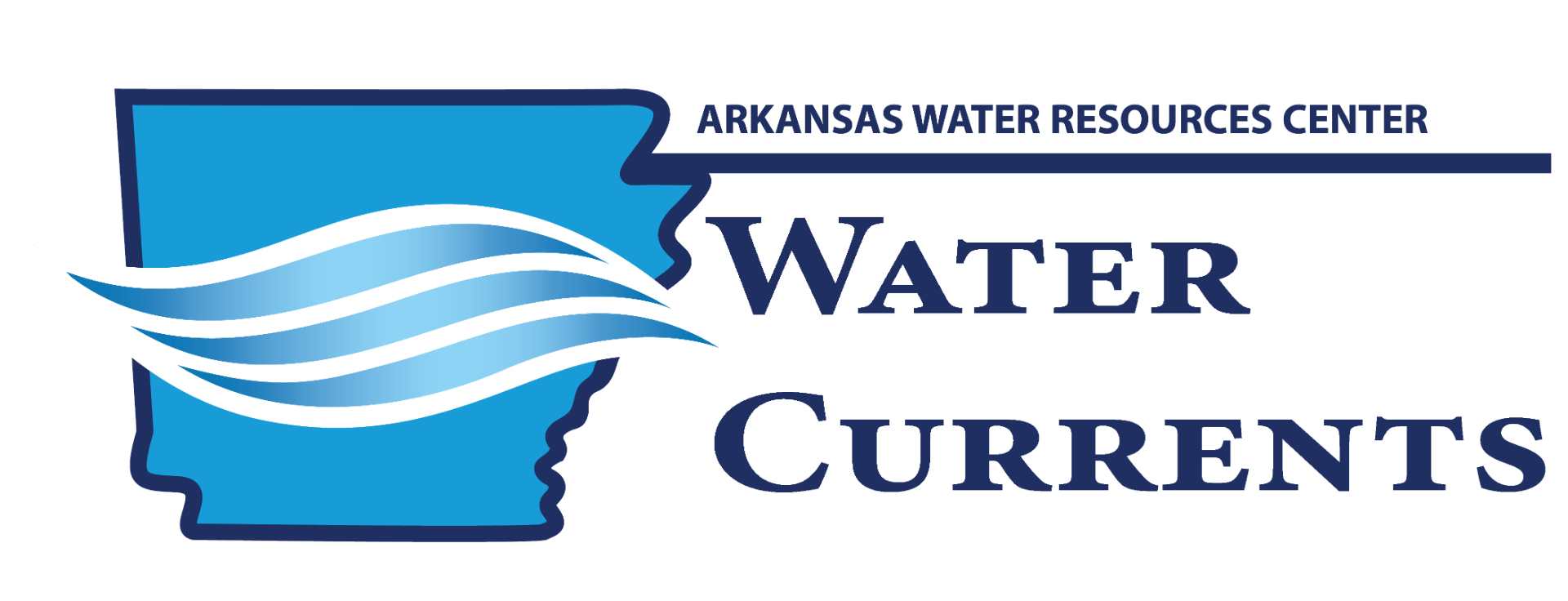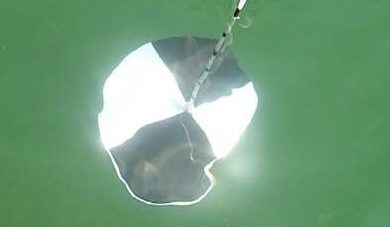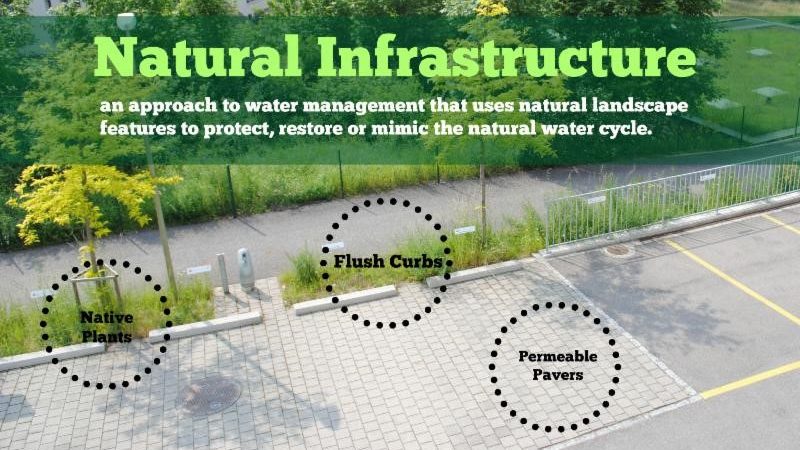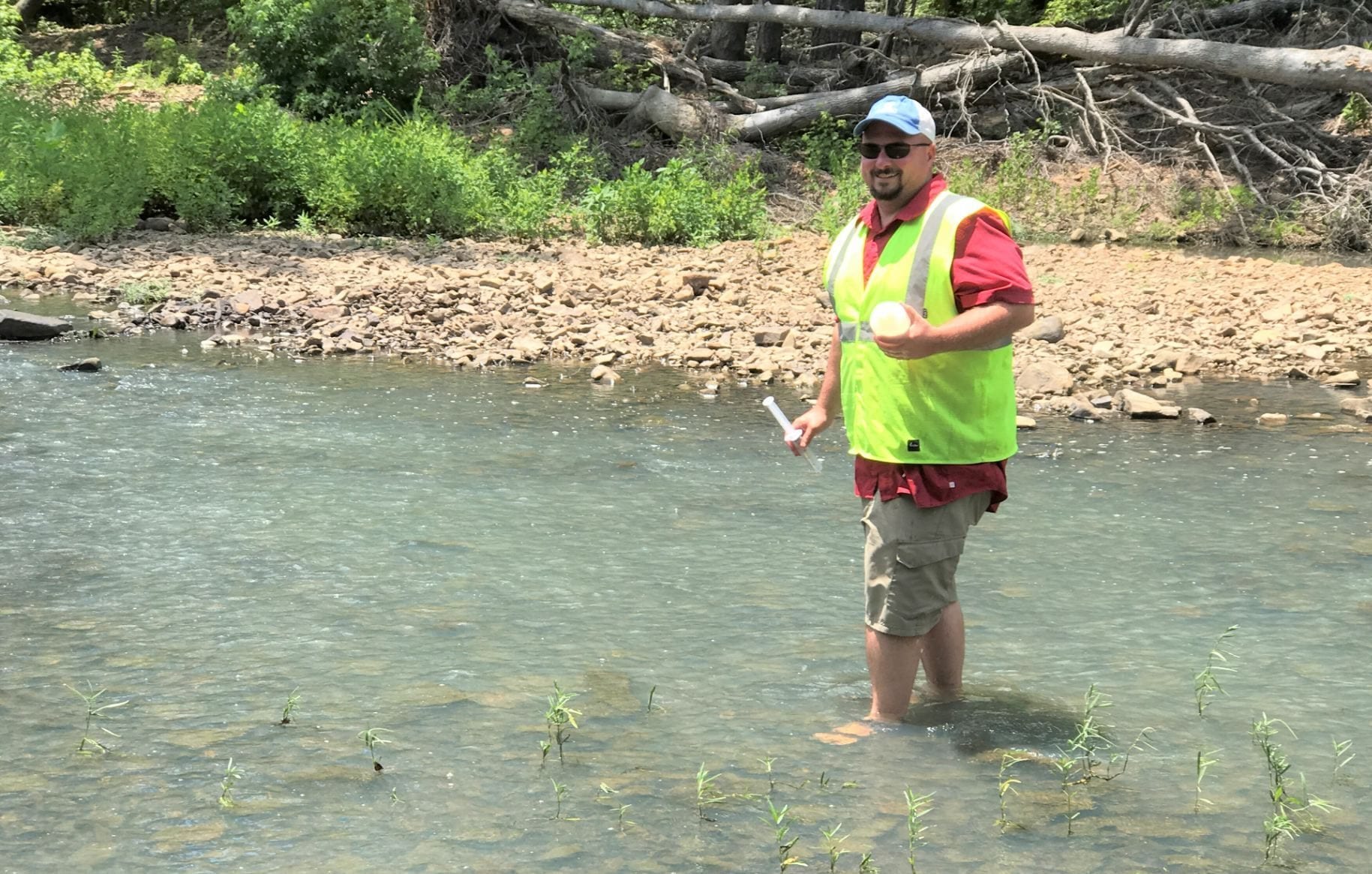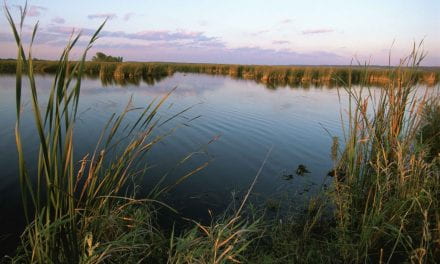
Edge-of-Field-Monitoring can be used to Evaluate On-Farm Pollution Reduction Strategies
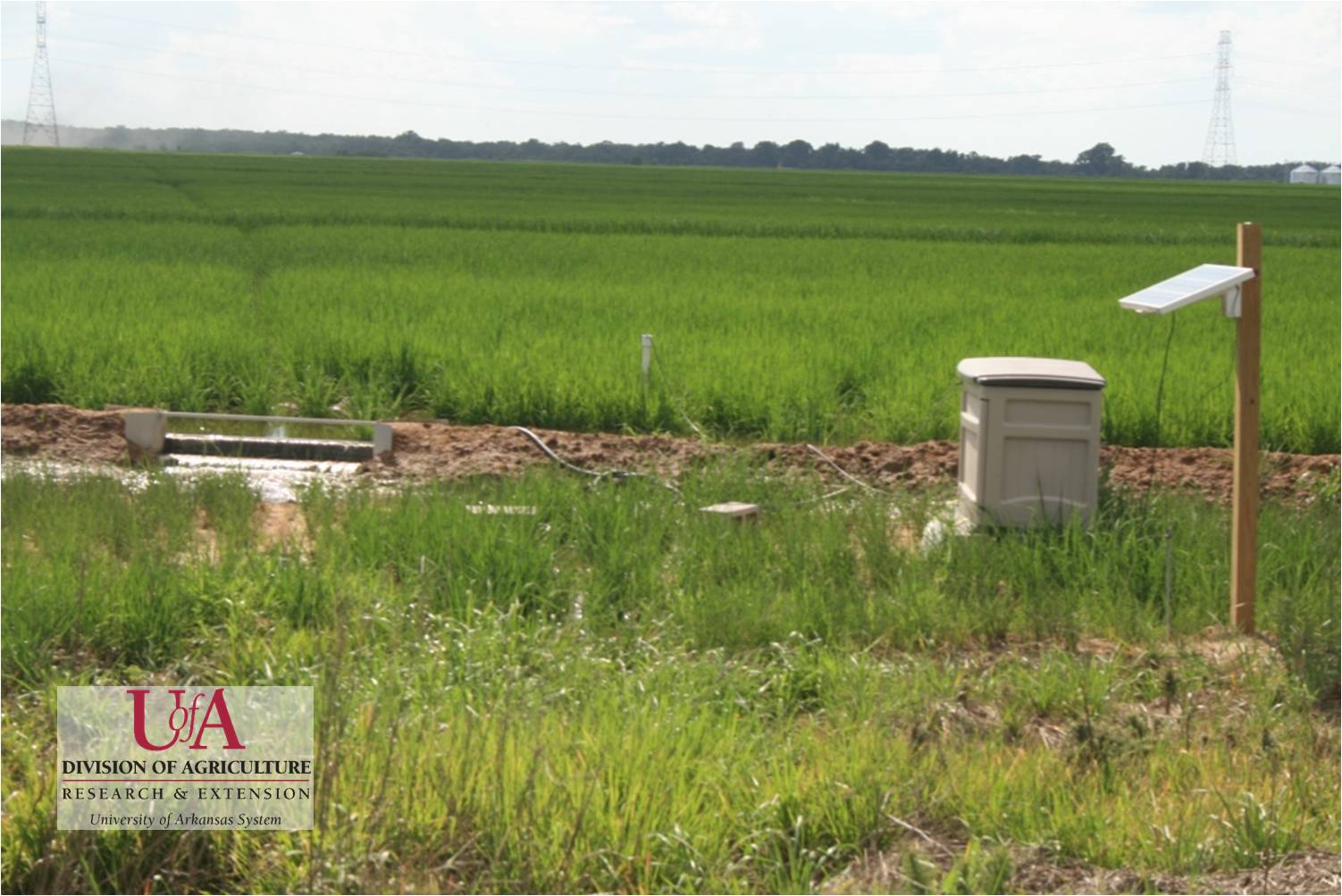
Agriculture is a big part of Arkansas’s economy and an important factor in feeding the growing national and global population. At the same time, nutrients, sediments, and bacteria can enter our waterways from agricultural fields, potentially threatening water quality, recreational uses, and possibly human health. The transport of nutrients, sediments, and bacteria from agricultural fields should be addressed by scientific researchers, water resource managers, and agricultural producers together.
The University of Arkansas Division of Agriculture works to bridge science with on-farm activities to promote the use of agricultural best management practices. With funding from the US Department of Agriculture National Resources Conservation Service, the UA Division of Agriculture co-sponsored with the Soil and Water Conservation Society a conference focusing on edge-of-field-monitoring (EOFM) in December 2015. That conference allowed farmers and researchers to talk about the latest science and best ways to reduce pollutant transport from fields to waterways.
The EOFM conference was such a successful event that the Soil and Water Conservation Society produced a special edition of their journal that focuses entirely on EOFM for agriculture and water quality. Dr. Andrew Sharpley, distinguished professor with the UA Division of Agriculture, served as the lead technical editor for the special issue. Sharpley and other UA Division of Agriculture faculty, as well as professionals from other organizations in Arkansas authored many of the articles featured in the special issue.
The special issue includes information about how EOFM in agriculture can help inform the management of nonpoint source pollution. Not all farm fields and soils are the same – different systems might respond differently to certain management practices and yield variable results. EOFM can provide the necessary spatial resolution for water managers and agricultural producers to better understand the nuances of pollutant transport in a range of agricultural settings and be used to evaluate how effective best management practices are.
